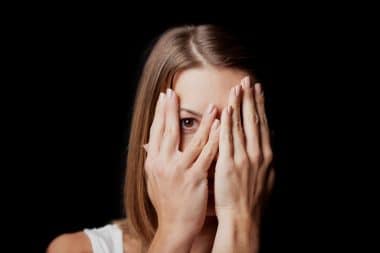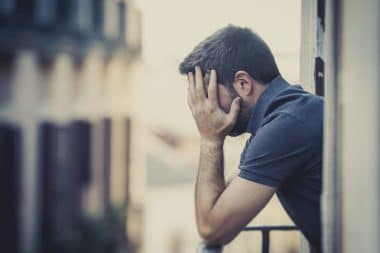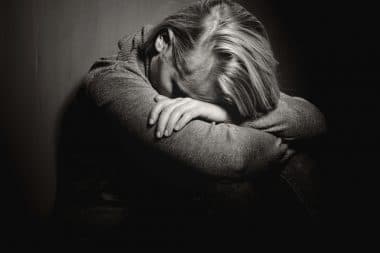It is reasonable to dread life threatening events such as accidents and mishaps. It is even normal for people to express fear over some things such as spiders, wild animals, heights and other phobias. But, have you ever suddenly felt a cold wave of fear for no reason at all? If so, then you may have just had your first episode of a panic attack.
A panic attack is a disorder that afflicts close to 3 million American people today. Although panic attack episodes may or may not be chronic, one thing is certain — they can attack anyone, anytime — whether you are at work, or at the mall, while eating, and even when you are not doing anything at all.
Panic attacks are different from other anxiety and fear disorders due to the fact that panic attacks are often unprovoked, sometimes baseless, sudden and out-of-the blue. Those who experience panic attack episodes are often shocked at how sudden and how unprovoked those attacks may be. Panic attacks can effectively disable a person for a short amount of time.
Panic attacks can strike anytime — even when you are sleeping. These attacks usually peak after about 10 minutes; however, the symptoms of the disease tend to remain for a while longer.
Those who have experienced panic attacks report feeling a nauseating wave of fear washing over them. Also, they report a terrible feeling at the pit of their stomachs. These feelings can paralyze a person into inaction or hysteria for as long as the attack continues.
Other symptoms of panic attacks include — pain in the chest, dizziness, nausea, difficulty breathing, arrhythmia, chills, flushes, terror (sense of dread), a general feeling of being in a dream-like state, a sudden fear of dying, and other anxiety related symptoms. If a person continues to have these episodes, then he or she is said to have a panic disorder.
The unfortunate thing about panic disorders is that they could lead to something worse. If a person suddenly experiences a panic attack while shopping, he or she might associate the fear with the act of shopping, resulting in the person avoiding shopping at all. This could lead to a domino effect that at the end could result in a debilitating fear that may prevent the person from even stepping out of his or her home.
What causes panic attacks?
Panic attacks are caused by the fear and alertness mechanisms in the body that come into play when a person is in a life-threatening situation. These mechanisms bring in a heightened sense of alertness and a burst of energy to help people cope with danger. However, these mechanisms are sometimes triggered for no reason at all. Studies are inconclusive as to why, but it seems that some people are more predisposed to acquiring this disorder than other people.
Panic disorders tend to run in families. It may also be triggered by major stress events and heightened activity in the fear center of the brain. People who do drugs and abuse alcohol can be predisposed to panic disorder.
Panic Disorder and Depression
Depression is one of the major predisposing factors to panic disorder. This is probably due to the fact that panic disorders are more likely to occur in less emotionally and mentally stable situations. Depression is a major emotional and mental imbalance that tends to result in many other disorders such as insomnia, loss of appetite, etc. When assessing panic disorder cases, it would do well to do an emotional assessment of the patient. This would also help by isolating a stressing factor in the patient’s life. This would alleviate many emotional, mental, and behavioral problems the person may encounter.
Because of diligent research, many forms of treatment are now readily available; treatments include several promising medications coupled with specific forms of psychotherapy. This combination of medications and psychotherapy typically yields good results. Also emotional counseling has been explored to address the emotional aspect of the disorder.
Data from panic disorder treatment is encouraging; a marked improvement in condition is usually noticed in quite a short period of time — usually anywhere from six to eight weeks. Appropriate and timely treatment for panic attacks and panic disorder can either prevent or at least substantially reduce panic attacks.
For your part, be conscious of how and when you feel the symptoms of a “panic attack” and when you feel them. Any form of treatment or amount of therapy will be less effective if you fail to assess your own feelings and states of energy. With the right diagnosis, you and your doctor have a better chance of finding a treatment that is right and appropriate for you and your condition. With continued treatment, the chances of recovery are increased as well as relief for your friends and family.






Reply